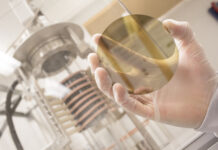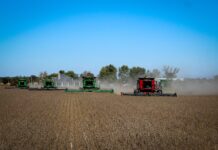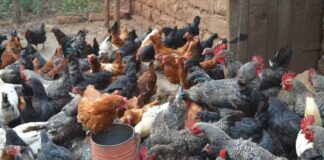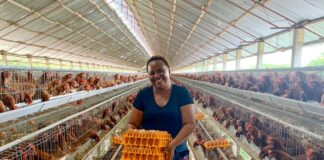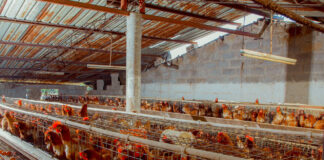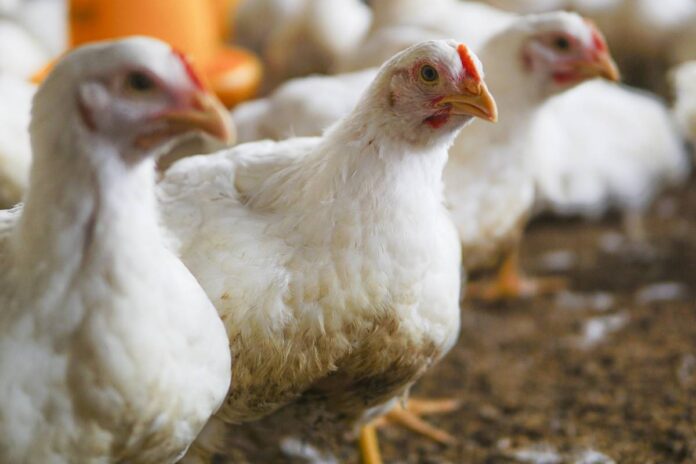
The catching phase in broiler production is one of the most critical—and stressful—moments for birds. How this process is managed can make a major difference in animal welfare, meat quality, and farm efficiency. A new set of good practices, tested in commercial environments, shows that reducing stress and injuries during catching isn’t just possible—it’s also beneficial for both birds and producers.
Why catching is a critical moment
Birds are particularly vulnerable during catching due to handling, noise, sudden lighting changes, and transport preparation. Poor catching techniques can result in broken bones, bruises, and dehydration, all of which reduce meat quality and increase mortality.
Environmental conditions like temperature, ventilation, and lighting also influence how birds respond to this process. When stress isn’t managed properly, it shows—both in bird welfare and the quality of the final product.
What the stress-reduction package includes
This “catching welfare package” consists of five key interventions aimed at reducing stress and injuries:
-
Antioxidants and electrolytes before catching
Administering vitamin C, vitamin E, and electrolytes (e.g., sodium, potassium) 2–3 days before catching helps birds cope with oxidative stress and dehydration. This improves survival rates and reduces carcass damage. -
Blue light during collection
Switching to blue lighting during catching has a calming effect on birds, making handling easier and reducing panic behaviors like flapping and struggling. -
Unannounced welfare inspections
Spot checks help identify and correct poor handling techniques—such as rough grabbing or overloading crates—that can harm birds and compromise welfare standards. -
More collection points in the barn
Reducing the distance and number of handling steps birds must go through minimizes both physical stress and injury risk. It also improves workflow and shortens the overall catching process. -
Proper training for catchers
Well-trained staff are essential. They learn how to hold and transport birds correctly, avoiding injuries, bruising, and unnecessary stress. This improves both welfare and meat quality.
The benefits: animal welfare and beyond
Implementing this set of measures brings multiple advantages:
-
Improved welfare: Healthier, calmer birds experience fewer injuries and lower mortality.
-
Better meat quality: Reduced stress and proper hydration before slaughter improve meat texture and color.
-
Reduced carcass weight loss: By preventing dehydration, carcasses retain more water, cutting shrinkage by up to 10%.
-
Economic impact: The estimated gain is around €0.01 per bird—small, but meaningful over large flocks.
-
Brand and certification value: Even where the financial impact is limited, the reputational benefits and potential for welfare certification can support long-term business growth.
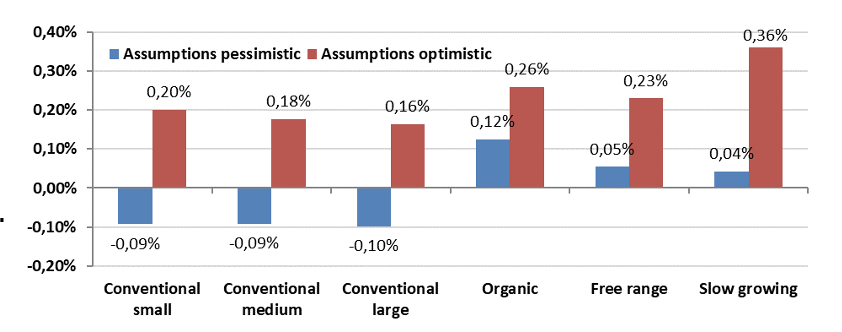 Conclusion
Conclusion
Minimizing stress during catching isn’t just about ethics—it’s about better outcomes for everyone involved. With simple interventions like lighting adjustments, electrolyte supplementation, and proper training, poultry producers can make a real difference in bird welfare, product quality, and operational efficiency.
Source:
BroilerNet Factsheet AW3-C3-1 – Package of Measures to Minimize Stress and Injuries During Catching of Broiler Chickens
Author: Z. Prentza, DVM, MSc, PhD, Veterinarian at Ioannina Agricultural Poultry Cooperative PINDOS
Funded by the European Union’s Horizon 2020 Programme (Grant No. 101060979)


